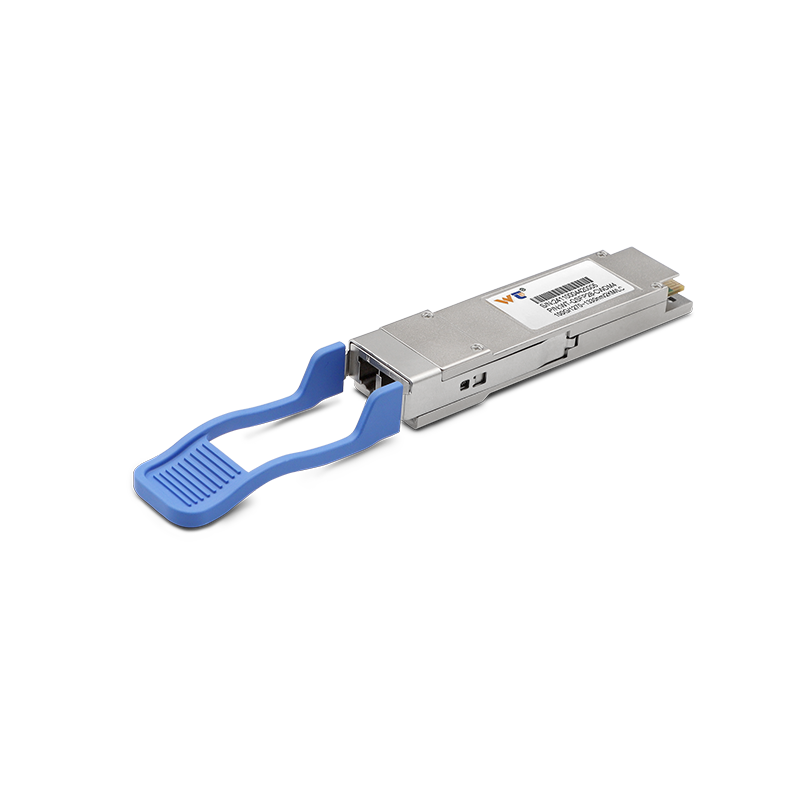In the fast-paced world of networking, grasping the intricacies of network performance is absolutely vital. For those of us immersed in this field, we often find ourselves grappling with questions of reliability and efficiency. Among the myriad of tools at our disposal, there's one that might seem basic but is incredibly effective: Ping. It’s humorous how even seasoned professionals use this command without realizing its full potential, especially when it comes to diagnosing packet loss. So, let’s take a moment to demystify this essential tool and explore how you can not just check your connectivity, but also gain a deeper understanding of your network’s health.
First, we need to tackle what packet loss actually means. It’s when one or more data packets fail to reach their intended destination, and boy, does it wreak havoc on things like VoIP calls, video streaming, and online gaming! The Ping command works by sending out these ICMP Echo Request packets to a target host and waiting for those Echo Replies to come back. By monitoring the response times and the success rates, you can start to piece together a picture of your network's performance—and if you run tests over time, you’ll collect a wealth of data that could paint a clearer picture of potential issues.
Now, let’s talk about interpreting what you see when you run a Ping test. Usually, when you ping a site, the results show the minimum, maximum, and average round-trip time, along with any packet loss percentage. If you’re seeing more than a 1-2% loss, it's a red flag waving loudly, indicating possible problems such as network congestion, defective hardware, or perhaps some software settings that have gone astray. Being able to pinpoint and monitor these irregularities is at the heart of maintaining a solid network. This kind of data can help engineers take preemptive steps to ensure a smoother experience for users.
Key concepts in network diagnostics include latency, which is the delay before data transfer kicks in, and jitter, the irregularity in packet arrival times. Both can be measured with Ping, which helps you zero in on where your network might be struggling. Another important metric is throughput, basically the highest rate that data can be sent successfully across a network. If you spot high latency and jitter alongside packet loss, it’s likely there’s a heavy load on the network or some routing quirks to iron out.
So, if you're ready to dive in, here’s a straightforward method to leverage Ping for assessing packet loss:
- Fire Up the Command Prompt or Terminal: This is where the magic begins!
- Ping a Trusted Host: Try entering
ping google.com– can’t go wrong there, right? - Watch for Response Times: Keep an eye on how long it takes for packets to return and check that loss percentage.
- Conduct Multiple Tests: Use
ping -n 100 google.comfor a solid sample over 100 attempts. - Dive Into the Data: Look for consistent responses versus timeouts.
- Keep a Record: Document your findings for further scrutiny.
- Link to Other Network Metrics: After gathering your data, see how packet loss correlates with your network traffic levels.
If you’re keen to get even more detailed insights, dive into advanced tools like Wireshark or SolarWinds along with Ping. For future exploration, consider investigating patterns during peak usage times and see how data behaves under load.
Have you ever considered how packet loss could impact your overall network experience? High packet loss doesn’t just slow things down; it turns up the heat on troubleshooting and frustrates users.
So what causes packet loss, anyway? It can arise from multiple issues, including network congestion, dodgy hardware, or subpar configurations. Always check your cables, evaluate your network devices, and make sure your routing protocols are on point.
As a network engineer, translating theory into practical skills is crucial. Make it a habit to use Ping regularly to gauge your network's condition. Start simple and gradually refine your approach. Getting comfortable with analyzing packet loss will elevate your troubleshooting game from just reacting to issues to proactively managing network health.
In wrapping this up, knowing how to wield Ping with confidence is transformative when it comes to diagnosing packet loss. You’re not just adding to your skillset; you’re enhancing network performance and reliability. By fully understanding Ping results, mastering the key terminology, and applying a systematic testing approach, you contribute meaningfully to your organization’s operational success. Being proactive about packet loss issues means fostering a more resilient network, which ultimately leads to happier users and smoother experiences in the long haul. And all this begins with a few simple Ping commands—so why not start today?






